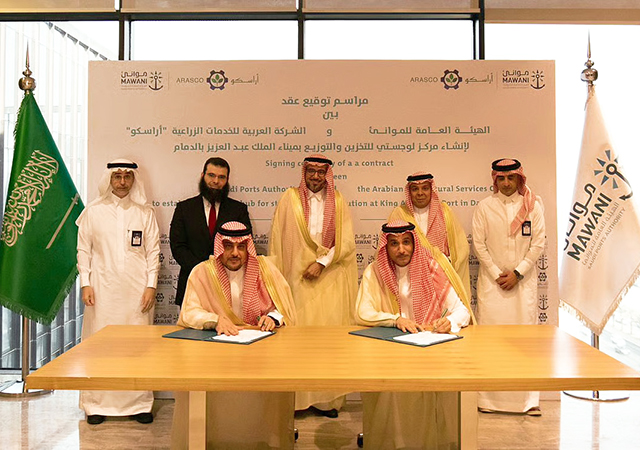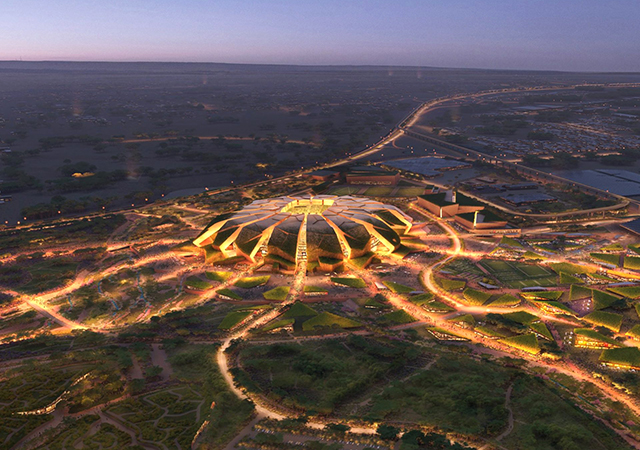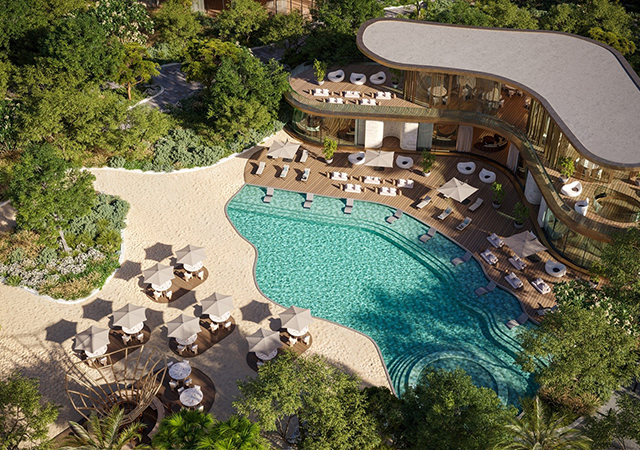 dpa ... enhancing the night-time environment at the Palm Jumeirah Shoreline Apartments.
dpa ... enhancing the night-time environment at the Palm Jumeirah Shoreline Apartments.
dpa lighting consultants emerged a winner at the 2008 Middle East Lighting Design Awards (Melda), which was held on the first day of the recent Palme lighting exhibition in Dubai.
Its lighting designs for the Junsui Restaurant, at the Burj Al Arab, won the award in the Restaurant and Bars category, while its external lighting design for the Raffles Hotel, Wafi City was ‘Highly Commended’ in the Hospitality and Leisure category.
Melda was held in April to honour the outstanding and innovative lighting design achievements taking place across the Middle East, celebrating the creativity and technical skill of the world’s leading lighting designers in enhancing the region’s built environment through the power of light. The awards were staged for the first time last year and created a benchmark of excellence. The awards cover projects within the Middle East, including the GCC countries as well as Jordan, Lebanon, Syria, Yemen, Iran and Egypt.
Sharing his thoughts on the key design criteria in exterior lighting, David McNeil, associate at dpa lighting consultantstells Gulf Construction:, “Exterior lighting can greatly enhance the night-time environment and can extend the uses of an area or activity well into the evening, contributing to real and perceived security at night. On a broader scale, sensitive exterior lighting can instill a feeling of civic pride and significantly contribute to the regeneration of urban areas.
“However, inappropriate external lighting is a potential nuisance. It is, therefore, important that issues such as brightness, direction and context are considered and that light pollution and light trespass are avoided.”
It is not only the visual impact that counts, according to him. The creation of a safe and pleasant environment, the appropriate use of energy, ease of maintenance, the threat of vandalism and harmonising lighting equipment with its surroundings are all factors that need to be considered, he points out.
For the lighting industry, the future is undoubtedly in the direction of light emitting diodes (LEDs), as a more potent light source, Orlando Marques, senior designer at dpa lighting consultants affirms. While a large number of manufacturers have been developing smaller and more robust luminaires for this light source for exterior use, the use of LED as a light source for architectural lighting is of yet limited, according to him.
“Its use is still limited due to its low light output compared to other light sources and the restrictions concerning the operational temperature. The LED performance/life reduces dramatically at higher temperatures, which is our case here in the UAE,” Marques explains.
Dwelling on the design intent and concept behind the award-winning Junsui Restaurant project, Katayoon Heidari, designer at dpa, says: “Our goal in the lighting design for this restaurant was to create a dynamic fusion of interior space that has both a sense of timelessness and harmony. Our philosophy was ‘design with nature’.
“The design intent was to bring the nature inside, to develop a synergy between the interior spaces and the stunning outside views, its context and its functionality. It was our desire to add light to the interior to create spaces with expression and emotion.
“The combination of the Sun and a row of palm trees modulate with the window frames, creating a ‘dynamic artwork’ throughout the day. In contrast, during the time of darkness, reflections of light on different surfaces create their own special effects. This is achieved by controlling the lighting to appropriate levels. Our intent was to create spaces that emphasise the beautiful exterior views in the day time and focus on the character of the interior spaces, glamour and sparkle, shine and reflection in the evening.”
Apart from the Burj Al Arab and the Raffles Hotel in Wafi City, dpa lighting consultants has also been involved in various projects in Dubai, including the Grand Hyatt Hotel; Palm Jumeirah Shoreline apartments; the Iris Blue in Dubai Marina; Dubal; and the Wafi Centre.
The recently-completed Shoreline Apartments project comprises a strip of 20 prestigious apartment buildings in an eclectic blend of modern and traditional Arabic architecture, situated on the ‘Trunk’ of the Palm Jumeirah. “The exterior lighting design for the project provided a solution to the challenge of creating a sense of arrival onto the Palm, emphasising and unifying the complex architecture in a cohesive manner, whilst providing a comfortable and quality environment for the residents,” McNeil explains.
“Integration and concealment of luminaires was an important element of the design, to dramatically highlight the structure without spill light or causing discomfort through unwanted light glare to residents or neighbours. Long-term maintenance was also a major factor addressed by using long-life lamps, minimising on the numbers of different lamp types and locating them in accessible positions.
“Each lighting element for the exterior is separately controlled via a time clock, enabling all or part of the scheme to be on at different times of the evening and night, thus ensuring maximum savings on energy and maintenance costs,” he adds.
One of its highly distinctive projects is the Grand Hyatt Hotel in Dubai. “Whilst the exterior lighting installation for the Grand Hyatt Dubai is several years old now, the design is a testament to the ideals of ‘best practice’ in lighting design,” McNeil says with pride.
Located on the creek next to Garhoud bridge, the Grand Hyatt is an iconic landmark by day, consisting of four curved interlinked towers set within 37 acres of landscaped gardens.
It is accentuated at night by its architectural lighting. “Long-life, low-energy, low-maintenance lighting solutions are used to highlight the ‘crown’ of the hotel and the graphic form on the facades. The extensive landscaping and car-park areas employ luminaires with excellent light distribution control to ensure that the light is placed only where it is needed, minimising unwanted glare and light spill. As with the interior spaces, all the exterior lighting is controlled via a time clock so that areas are only illuminated when they are needed, thus reducing energy and maintenance costs,” he explains.
Its façade lighting consists of two distinct elements. An array of dichroic marker lights is located at parapet level on each of the four towers. The apparent colour of the dichroic lenses changes with the viewing angle, so that they shift from blue through pink to white, like a shimmering pearl necklace.
The white-clad sections of the building façade are illuminated with colour-changing metal halide projectors concealed within the landscape and at roof level. While the building is usually illuminated in white light, the colour change facility is utilised for festival and holidays.
dpa lighting consultants was also responsible for the lighting of its extensive landscaped gardens.






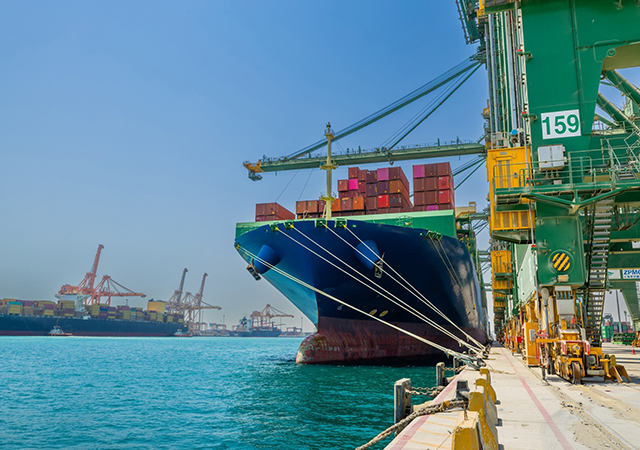
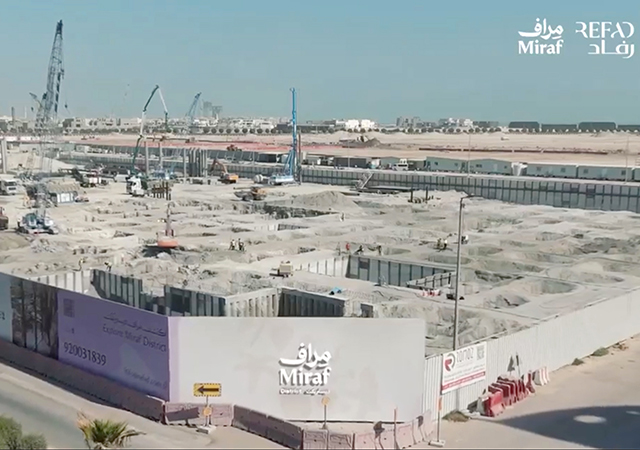
.jpg)




.jpg)

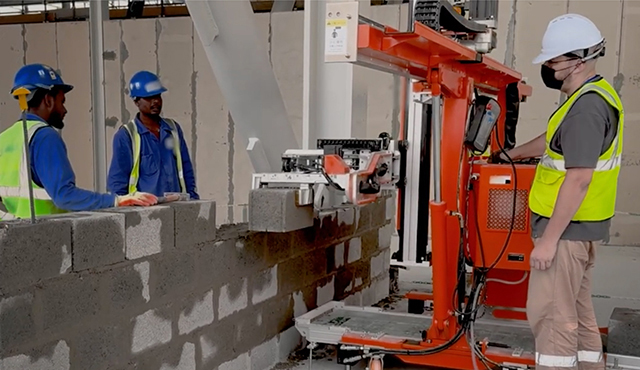

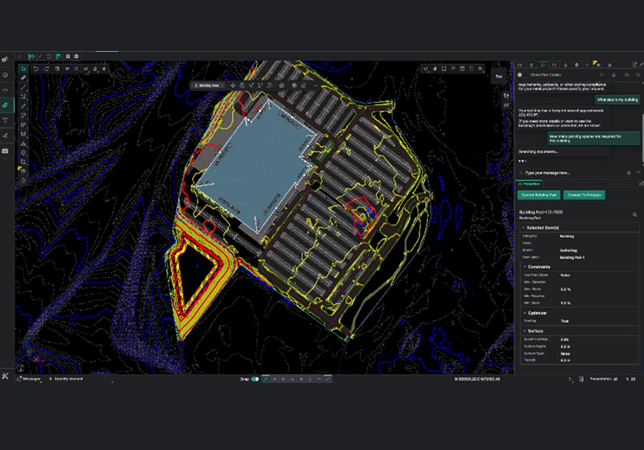



















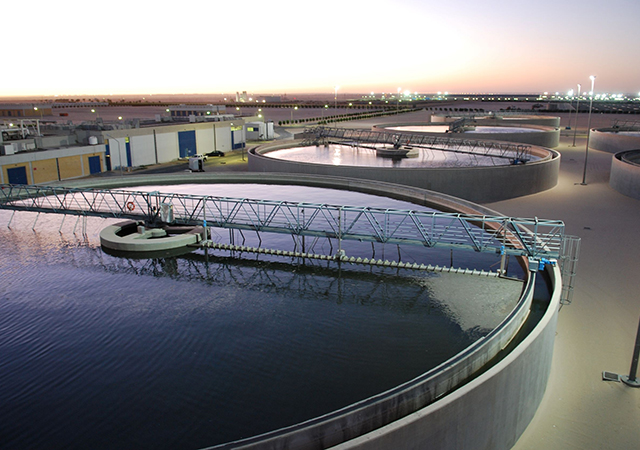


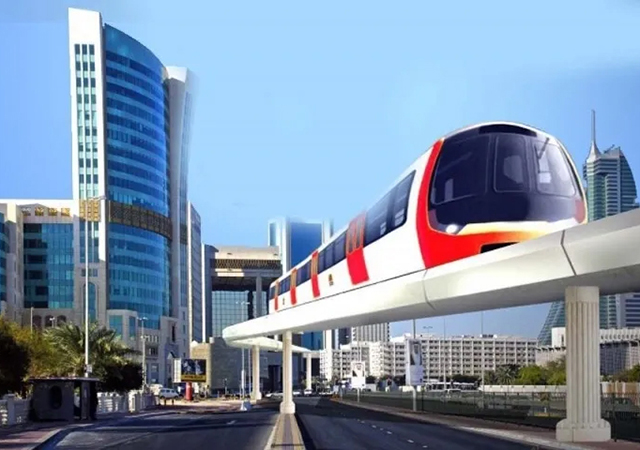

.jpg)




